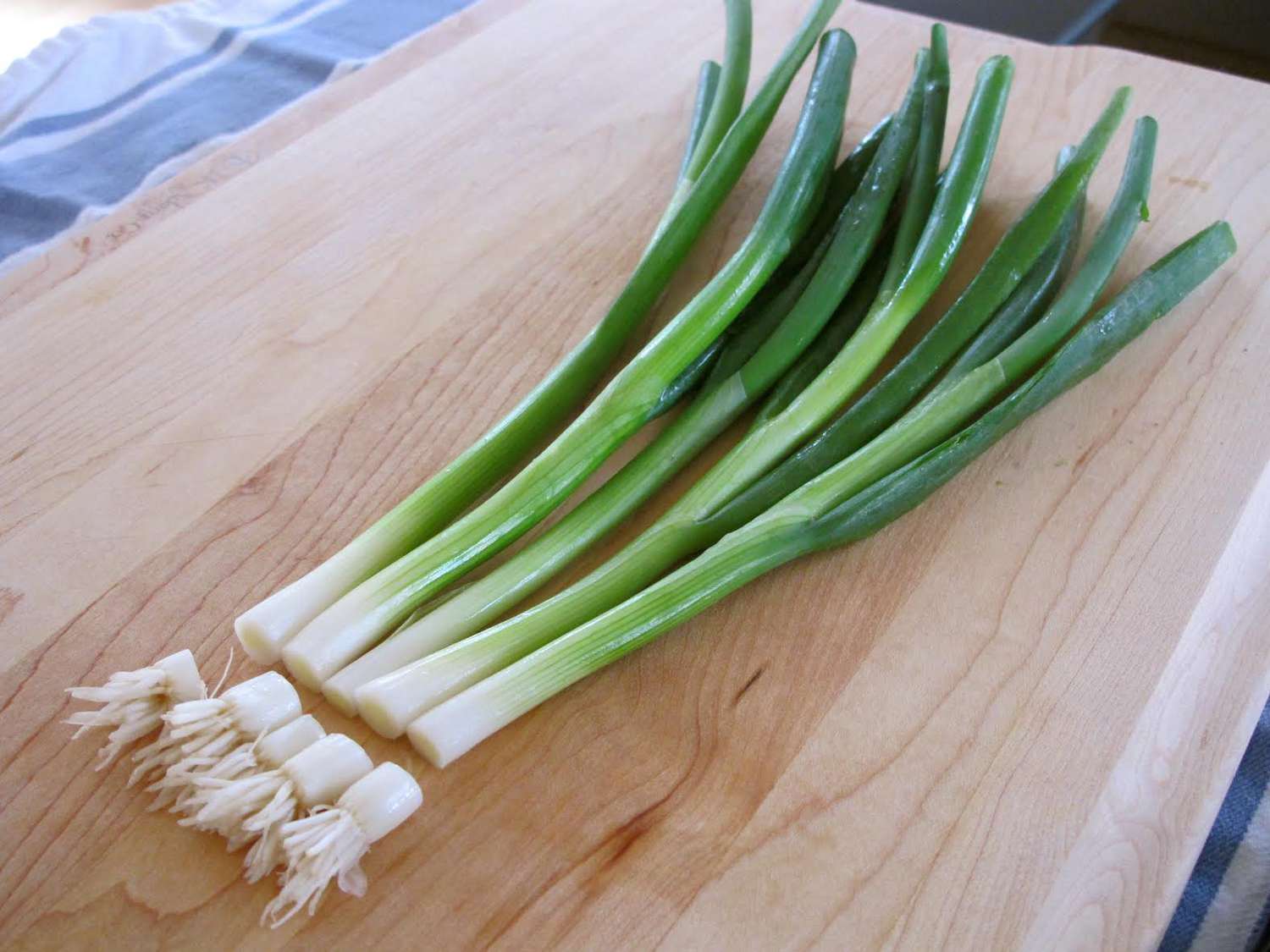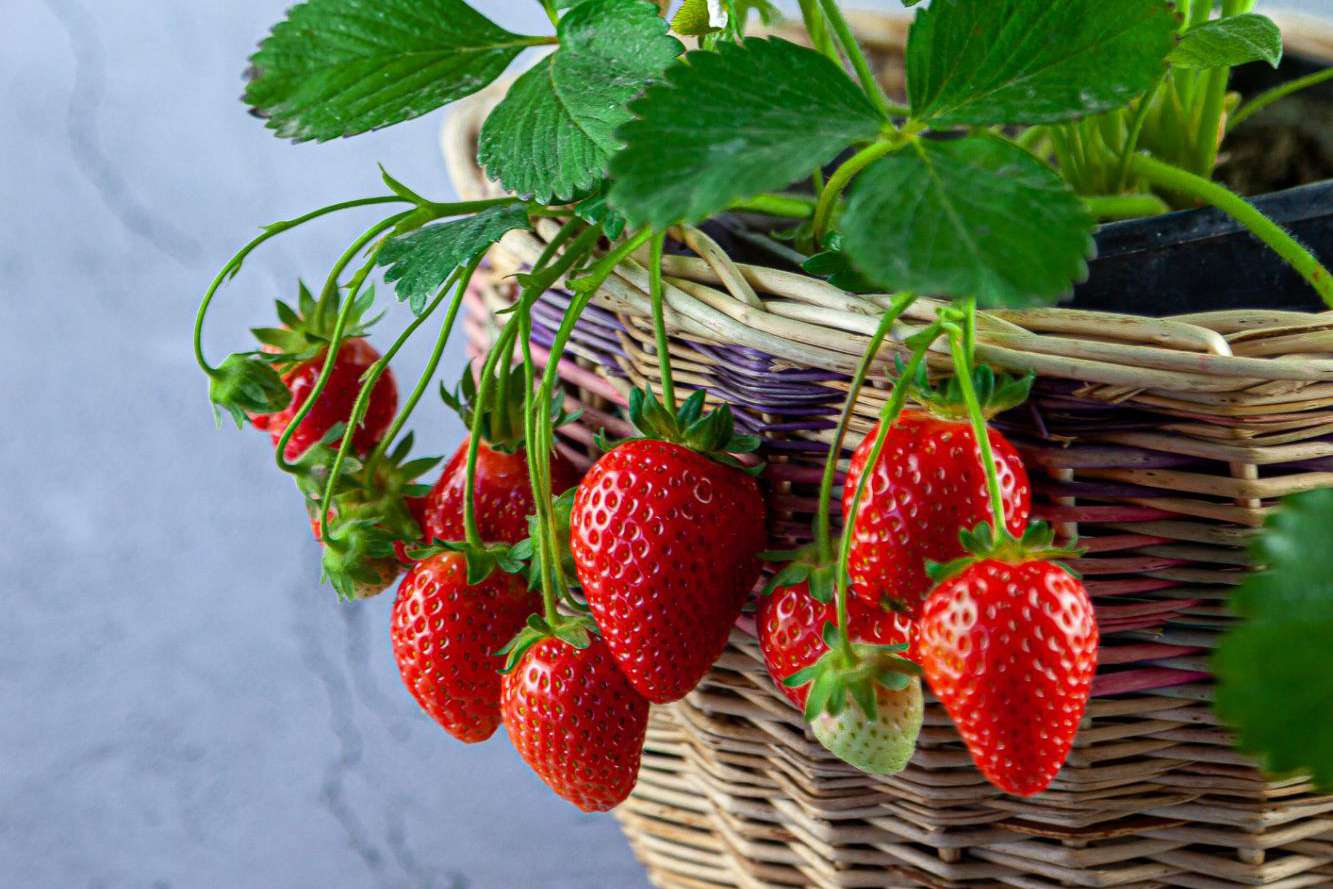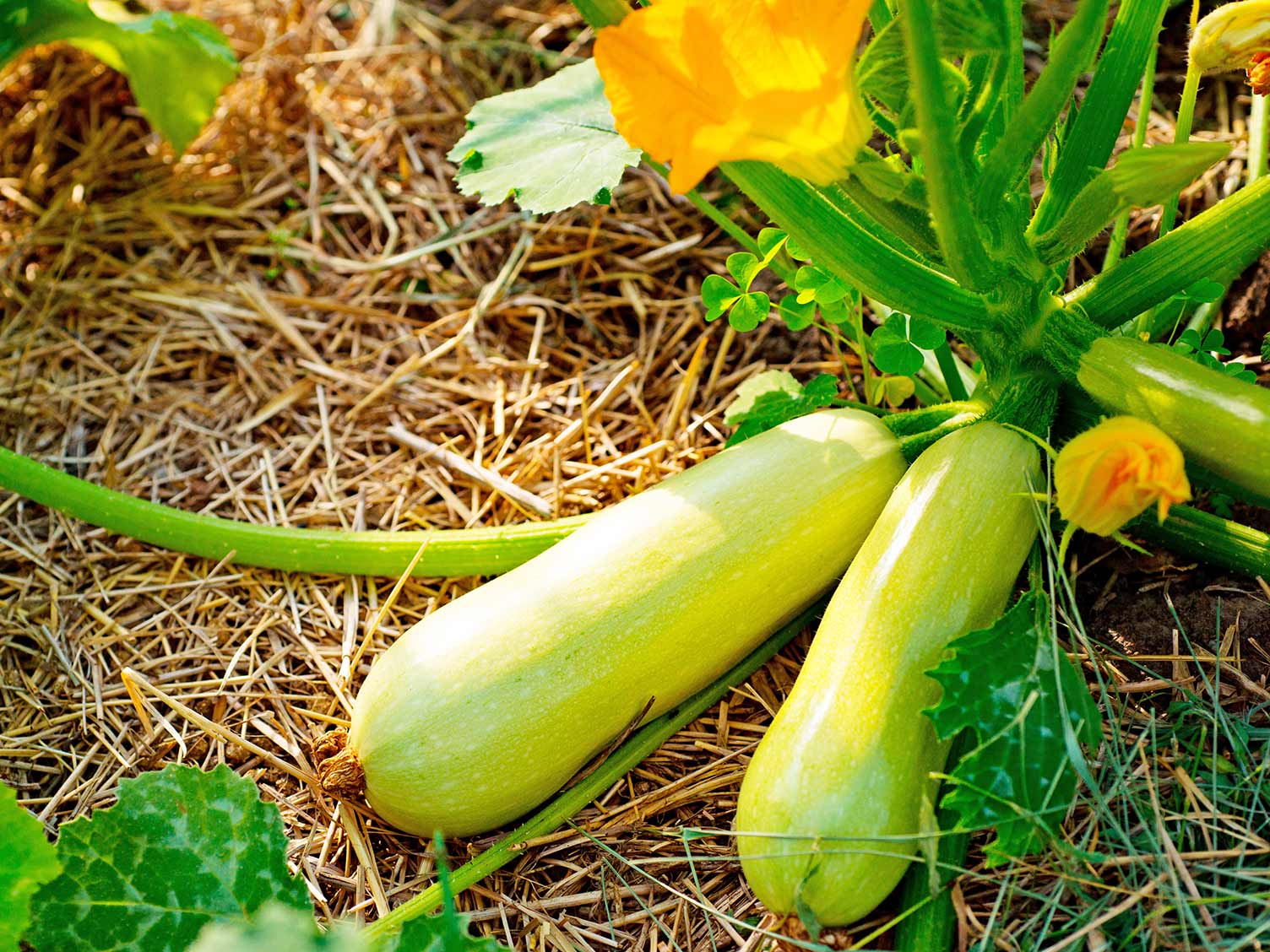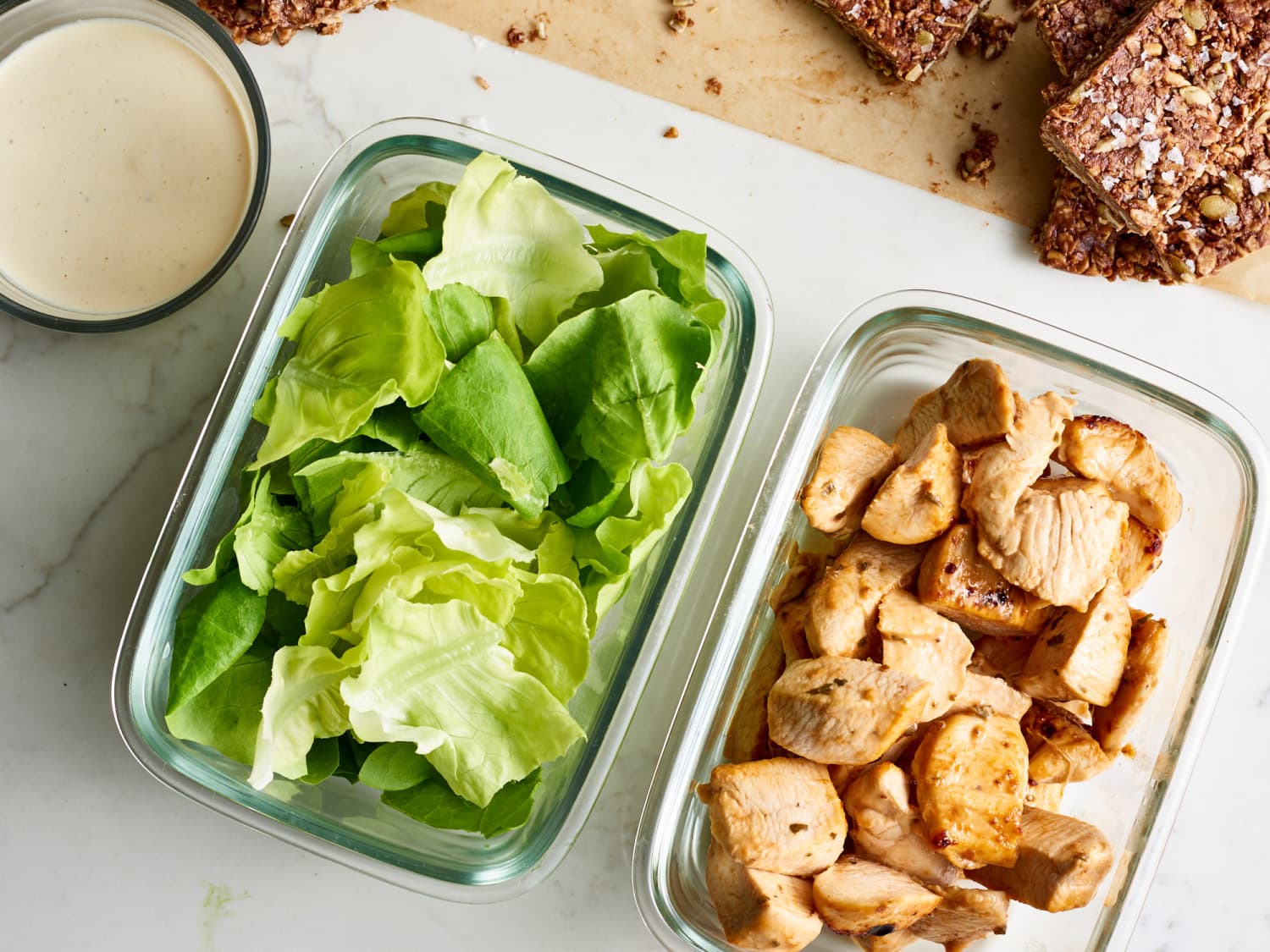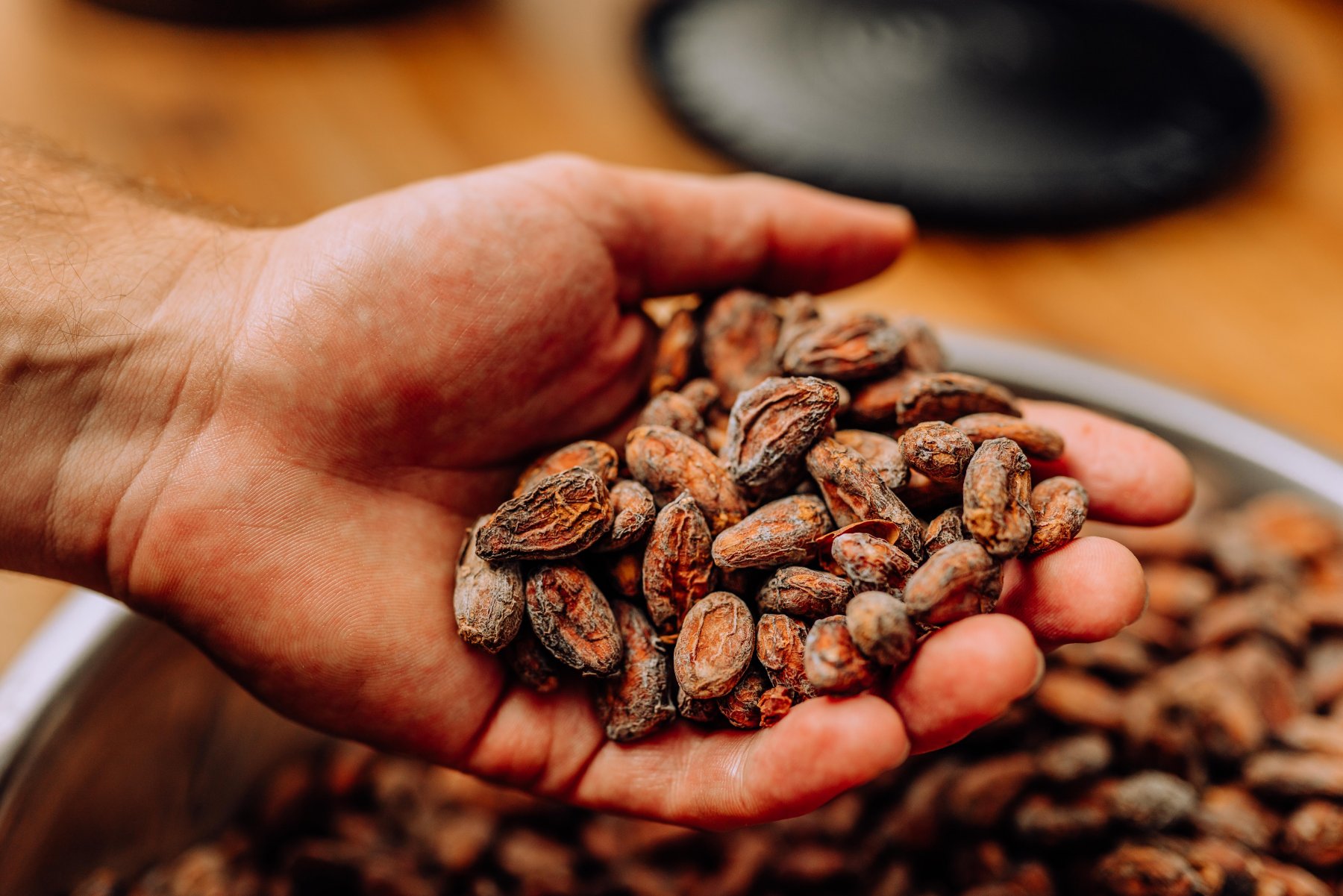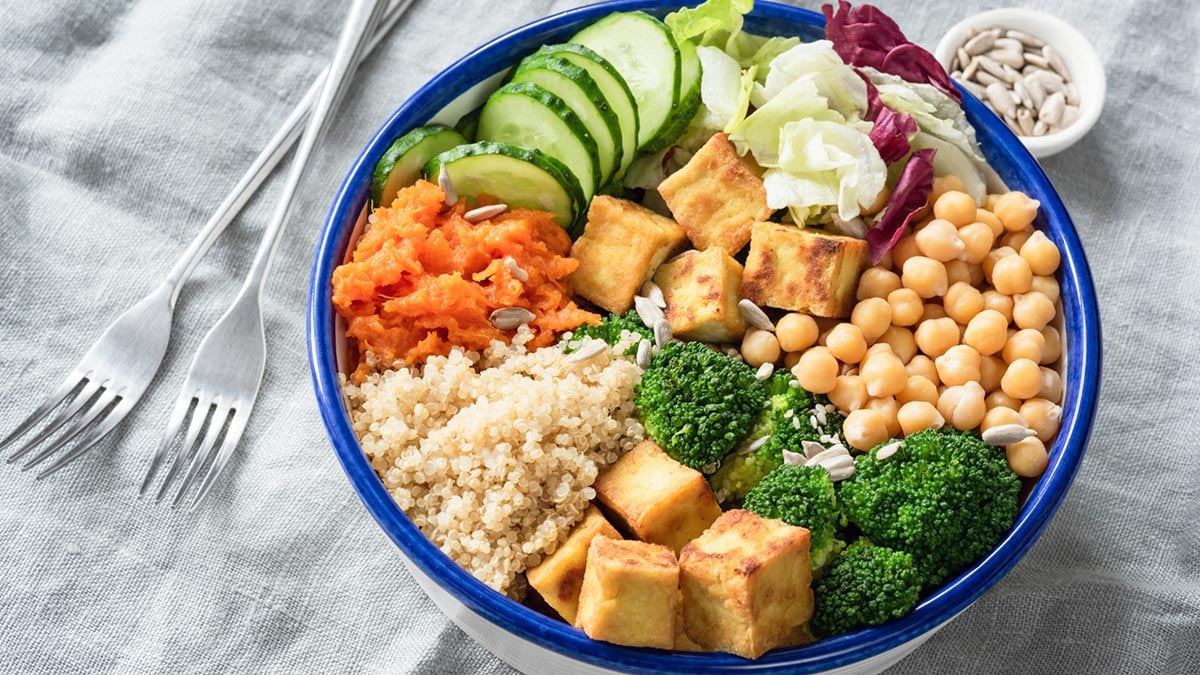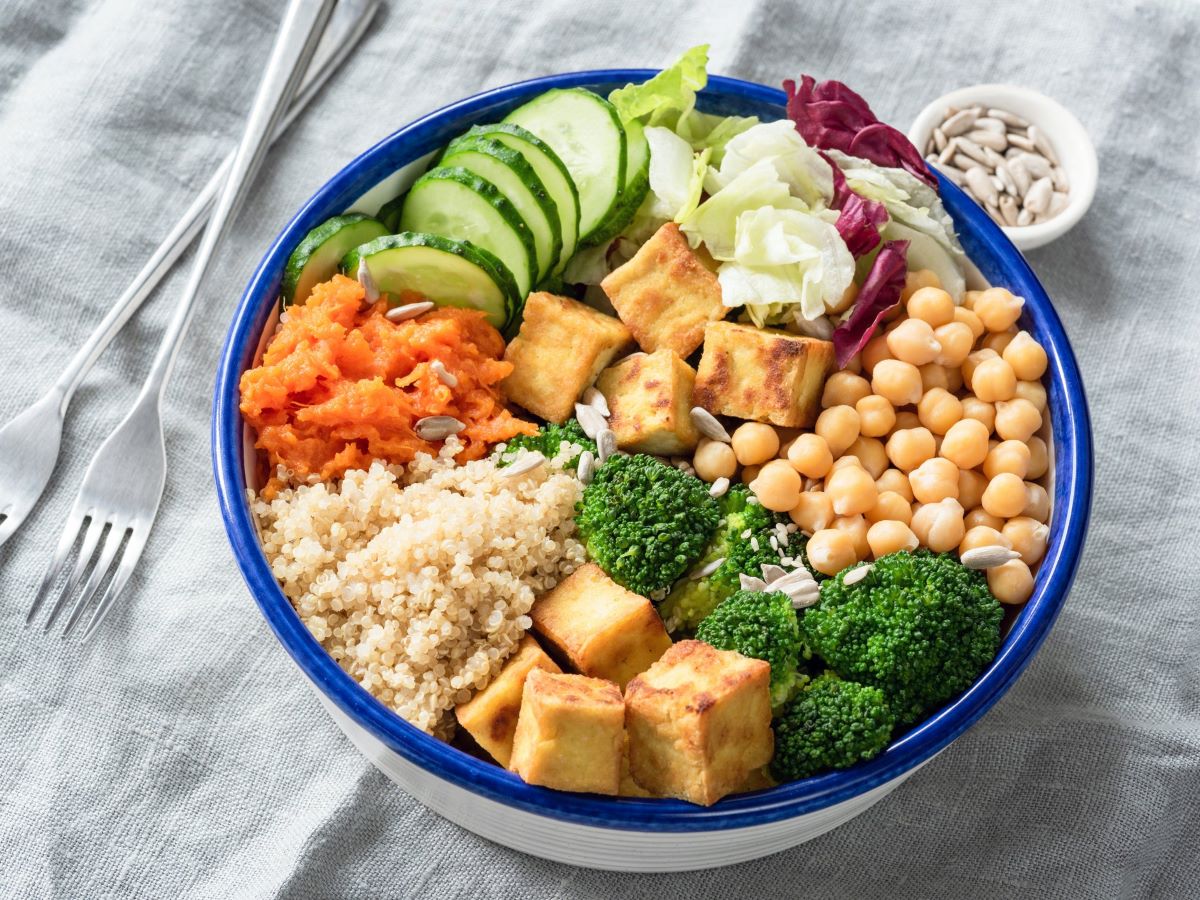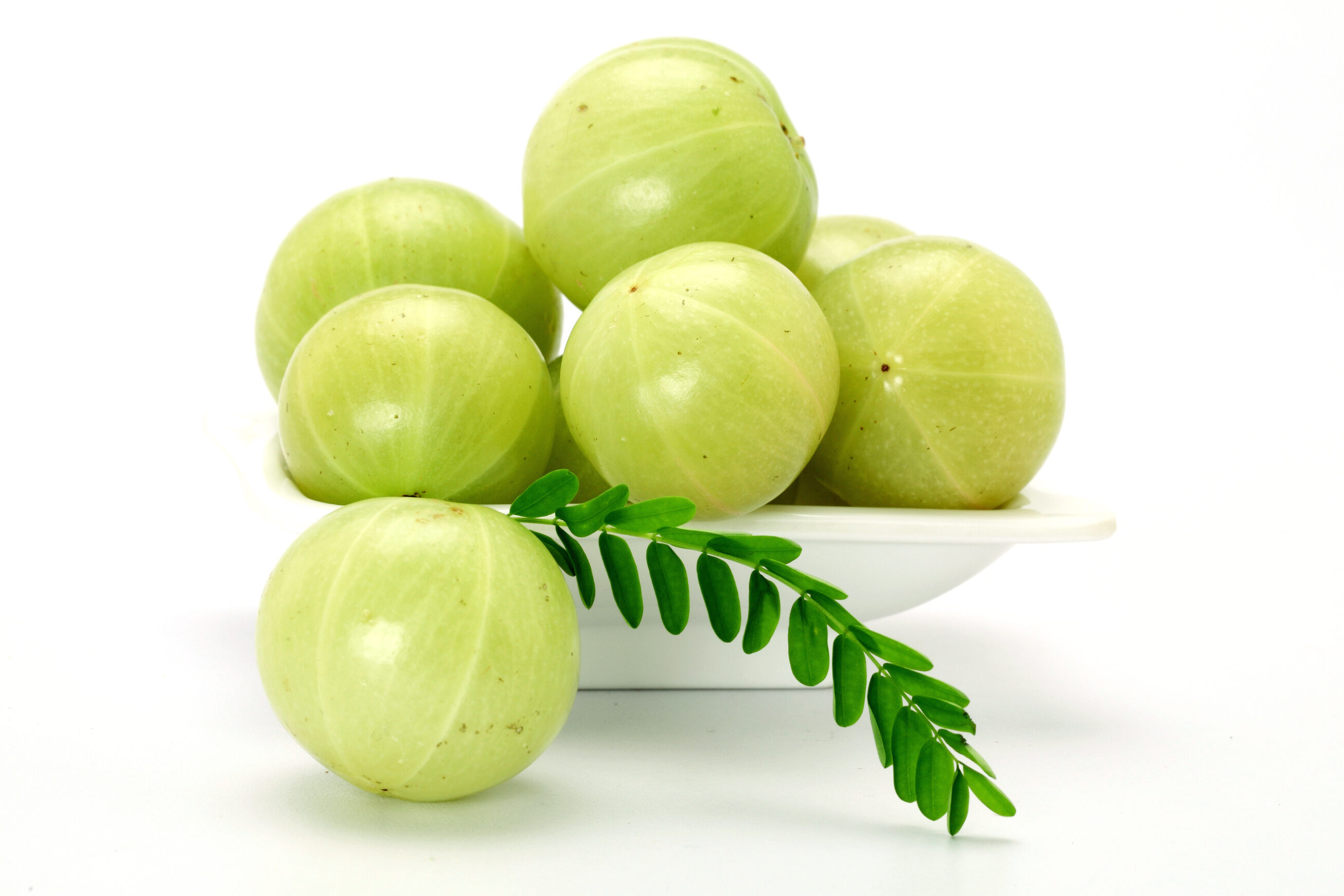Discover the Benefits of Eating a Variety of Plants
When it comes to maintaining a healthy diet, variety is key. Consuming a wide range of plant-based foods can provide your body with essential nutrients, vitamins, and minerals that are necessary for overall well-being. In fact, the more diverse your diet, the better chance you have of meeting all your nutritional needs.
Why 30 Different Plants?
You might be wondering why the goal is to eat 30 different plants in a week. Well, it’s all about maximizing the nutritional benefits. Each plant contains a unique combination of nutrients, and by consuming a wide variety, you can ensure that you’re getting a broad spectrum of essential vitamins, minerals, and antioxidants.
How to Incorporate 30 Different Plants Into Your Diet
It may seem like a daunting task to eat 30 different plants in a week, but with some planning and creativity, it’s definitely achievable. Here are some simple tips to help you reach this goal:
- Include a Variety of Fruits and Vegetables: Aim to incorporate a colorful array of fruits and vegetables into your meals. Different colors often indicate different nutrients, so by eating a rainbow of produce, you can diversify your nutrient intake.
- Try New Foods: Be adventurous and experiment with new fruits, vegetables, and herbs. Visit your local farmer’s market or specialty grocery store to discover unique and exotic produce that you’ve never tried before.
- Explore Different Cuisines: Different cultures have their own traditional plant-based dishes. Explore cuisines from around the world to discover new plant-based ingredients and flavors.
- Include Nuts and Seeds: Nuts and seeds are not only delicious but also incredibly nutritious. Add a variety of nuts and seeds to your meals and snacks to increase the diversity of plants in your diet.
- Experiment with Whole Grains: Whole grains such as quinoa, farro, and bulgur are not only rich in nutrients but also count towards your plant diversity goal.
The Benefits of Eating 30 Different Plants
By consuming 30 different plants in a week, you can experience a wide range of health benefits, including:
- Improved Digestive Health: Different plants contain various types of fiber that are beneficial for gut health.
- Enhanced Immune Function: The diverse array of nutrients in different plants can support a healthy immune system.
- Reduced Inflammation: Many plants contain anti-inflammatory compounds that can help reduce inflammation in the body.
- Increased Energy Levels: Nutrient-dense plants can provide the energy your body needs to thrive.
- Support for Overall Well-Being: Consuming a wide variety of plants can contribute to your overall health and well-being.
Get Creative and Have Fun
Meeting the goal of eating 30 different plants in a week doesn’t have to be a chore. Get creative in the kitchen, experiment with new recipes, and have fun exploring the world of plant-based foods. By embracing variety and diversity in your diet, you can nourish your body and enjoy a wide range of flavors and textures.
Remember, the key is to enjoy the process and savor the delicious and nutritious foods that nature has to offer. So, go ahead and challenge yourself to incorporate 30 different plants into your meals each week, and reap the rewards of a diverse and vibrant diet!
